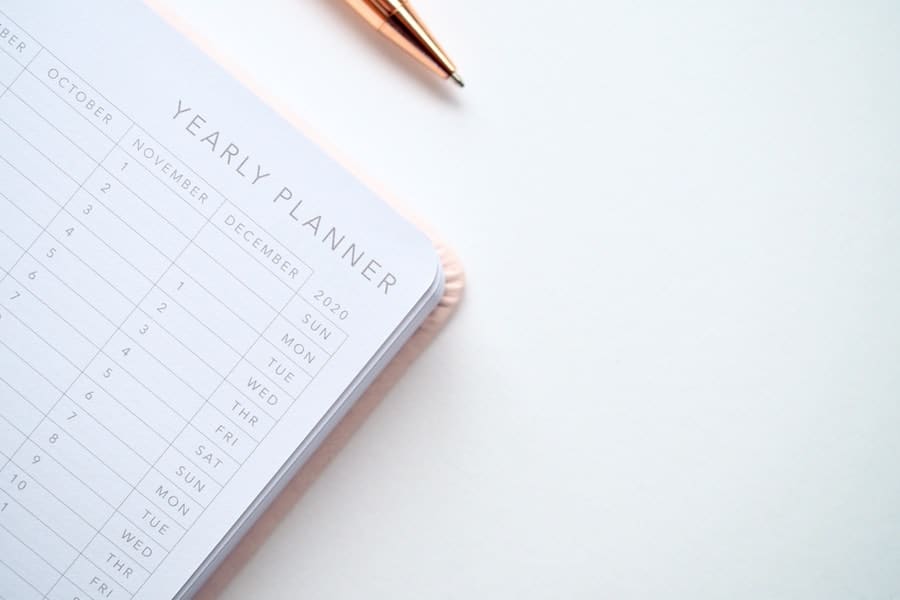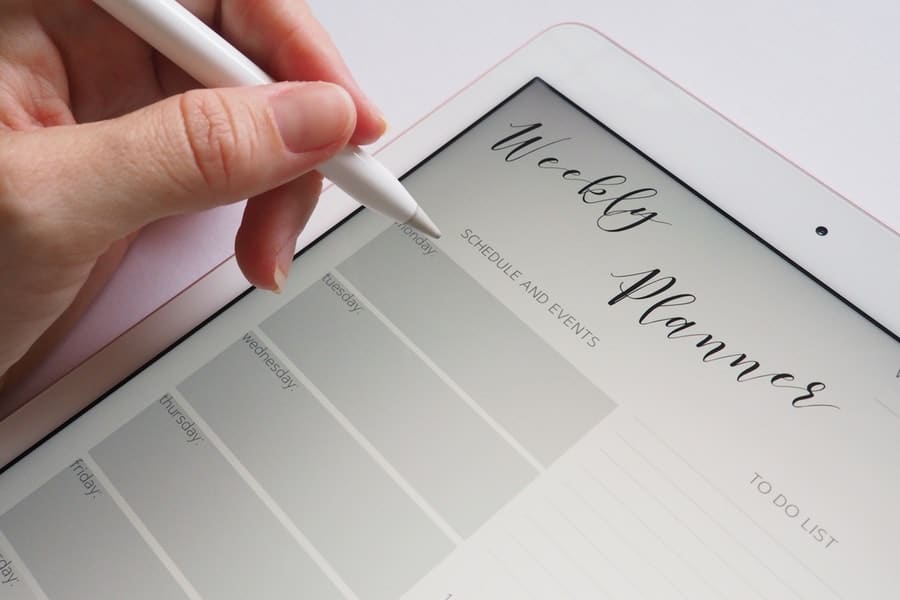Are you one of those people who rely on a planner, but perhaps you are not using it to its full capability? Planners are ideal for busy individuals, but they won’t offer much help if they aren’t first set up in an organized fashion.
A paradox of trying to carve more time out of your schedule is that you actually need to allocate some time initially just to get your planner organized! That might be the one thing that is holding you back and keeping you from getting more done at work, school or home. Or, a disorganized planner is actually serving as an obstacle rather than an assistant.
It’s a problem that professionals are keenly aware of. Recently, clinical psychologist Barbara Markway, Ph.D., posed a question in an article for Psychology Today: “Do you find that there is never enough time for everything? If so, it is probably because you are not scheduling your time effectively.”
Indeed, lack of organization will become a thing of the past once you sort out your planner. But where to get started? Here are 7 tips for helping you find the time to organize your planner in the first place:

1. Establish a daily or weekly routine
Like having a cup of coffee or tea in the morning. At this time, you can silently reflect on how you want to use your planner to organize tasks both large and small.
2. What planner do you use?
If you carry a small planner with you, or have a digital planner on a device, you can find time to schedule while on-the-go. Take advantage of empty time in your schedule, such as when you are waiting in line at a bank or other establishment, or when you are commuting on public transport.
A digital planner gives you extra flexibility, since typically you should be able to access it from your smartphone as well as your laptop and desktop computers.
3. Identify the difference between daily, weekly, and monthly scheduling.
Daily tasks are perhaps more easy for you to remember because of sheer repetition, but it’s possible some of these items could fall through the cracks if you don’t actually write them all down.

4. Start with the most important tasks and write them down.
By prioritizing different activities, you can see at a glance which ones you can let go for now if you run into a time crunch. You’ll also get a sense of how much of your day is already consumed by “important” things, which may lead you to recategorize some events. Maybe something that appeared important is actually a task that can be put off when you have a breather.
5. But leave time for planning the joys of life.
For example, allow some time for serendipity, with idle moments so you can enjoy a break with a colleague or friend you haven’t seen in a while. Many couples find it beneficial to schedule a date night. Without a schedule, their relationship starts to stagnate and they wind up growing complacent instead of actually getting in some quality time.
6. Practice flexibility in your schedule, and in your scheduling.
If you cannot complete certain tasks listed in your planner, the problem could be just a matter of wishful thinking, and that you need a more realistic assessment of what you can do in your limited amount of hours each day/week. Rehearse in your mind how long a particular activity should take, and then maybe double the time so you have a buffer period.

7. Create a back-up time-slot for any scheduling you didn’t get to today.
For example, some information you need by phone from one organization may still be unavailable because they were out sick. You’ll have a second time-slot to do your follow-up, so the task still is completed, just according to a different time frame.
8. Become Better at Organizing Your Planner and Your Life
Practice makes perfect for any undertaking, and this includes the work of getting yourself organized. The fact that you have a planner is a great first step. Finding the time to organize your planner is an important task and rightly should hold a place at the top of your to-do list! Once you have a good routine established with the help of your planner, whether digital or paper, you’ll be able to make better use of your precious, limited time.

